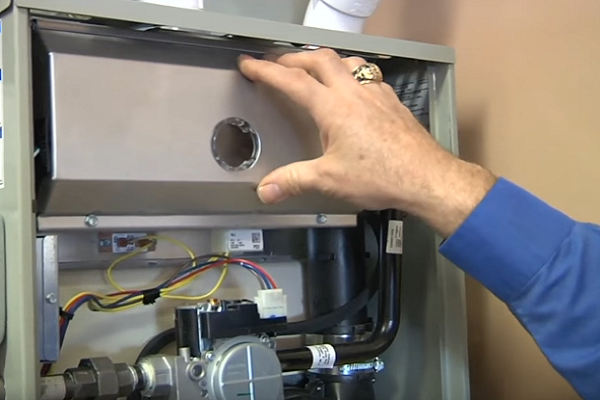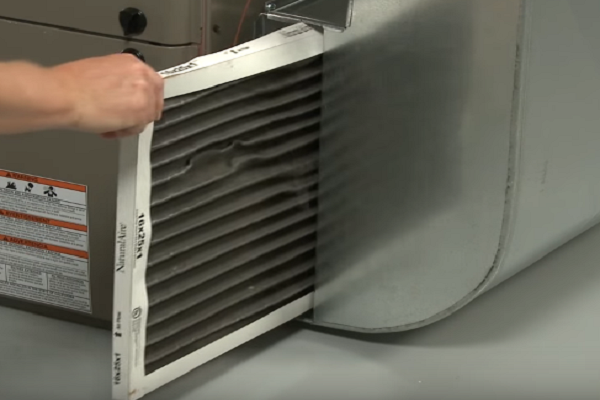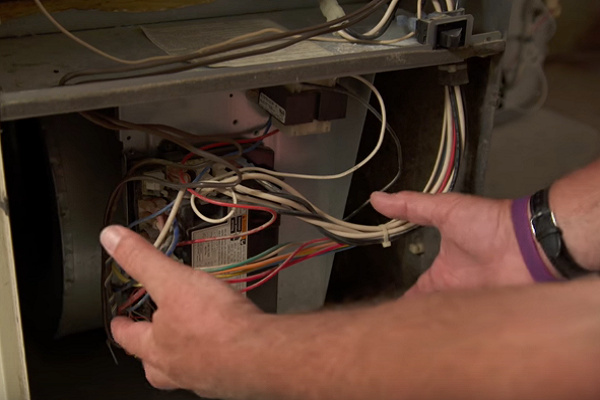The different cleaning systems for an oven
Pyrolysis cleaning furnaces
The pyrolysis cleaning system is particularly useful. When you switch on the pyrolysis function, the oven will heat up to very high temperatures to reach 500 ° C. With such heat, organic grease and debris are reduced to ashes, and there is nothing left (after the appliance has cooled completely) to wipe them with a damp sponge or cloth. However, this method takes time since it takes between one and two hours for optimal results. Such ovens are usually equipped with a cold door and an automatic locking system to prevent any risk of burns, especially for children.
Catalytic cleaning furnaces
Catalytic ovens adopt a different principle. The walls of the device, called catalytic, are composed of a special coating that will absorb fat as soon as the temperature exceeds 200 or 220 ° C. Thus, while you cook, the oven will clean itself as and when. Therefore no additional energy expenditure is necessary. Often cheaper than pyrolysis furnaces, catalytic furnaces nevertheless require manual maintenance for the glass wall or the bottom which are not catalytic. Also, note that these barriers should be changed about every five years to remain useful and should not be cleaned with water or detergent, but just with a soft brush.
 |
 |
 |
Ecoclean cleaning ovens
The eco-clean system is a little at the crossroads of pyrolysis and catalysis. The stove is equipped with walls made of a special coating: a microporous ceramic (more efficient than catalytic walls) that absorbs and retains oxygen. During cooking, the fats are consumed and, during cleaning, the oxygen will oxidize them to destroy them. A very efficient system provided that the projections of fat are not too important. For cleaning, one hour of heating at 270 ° C is enough to remove grease. This system requires less energy than pyrolysis and is, therefore, more economical. Compared to catalytic furnaces, the advantage is that the walls will not change.